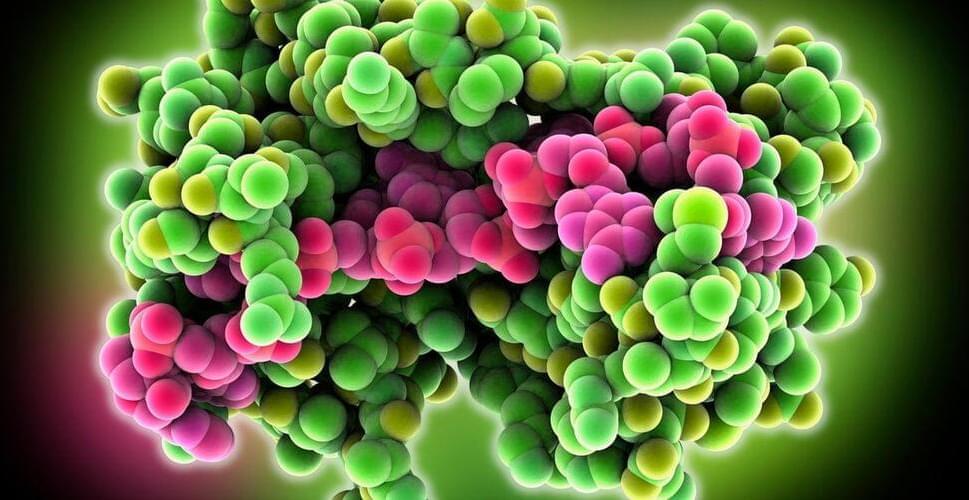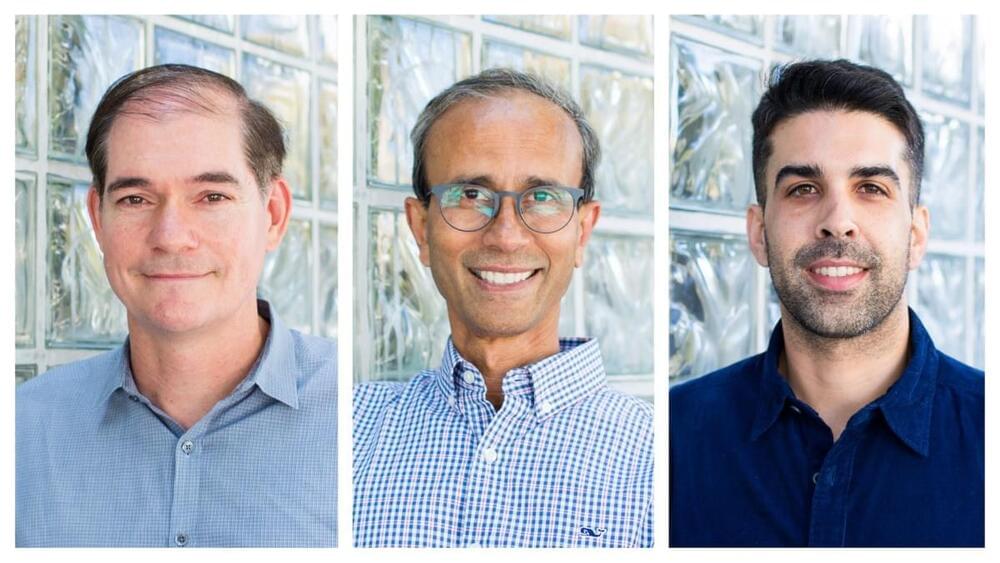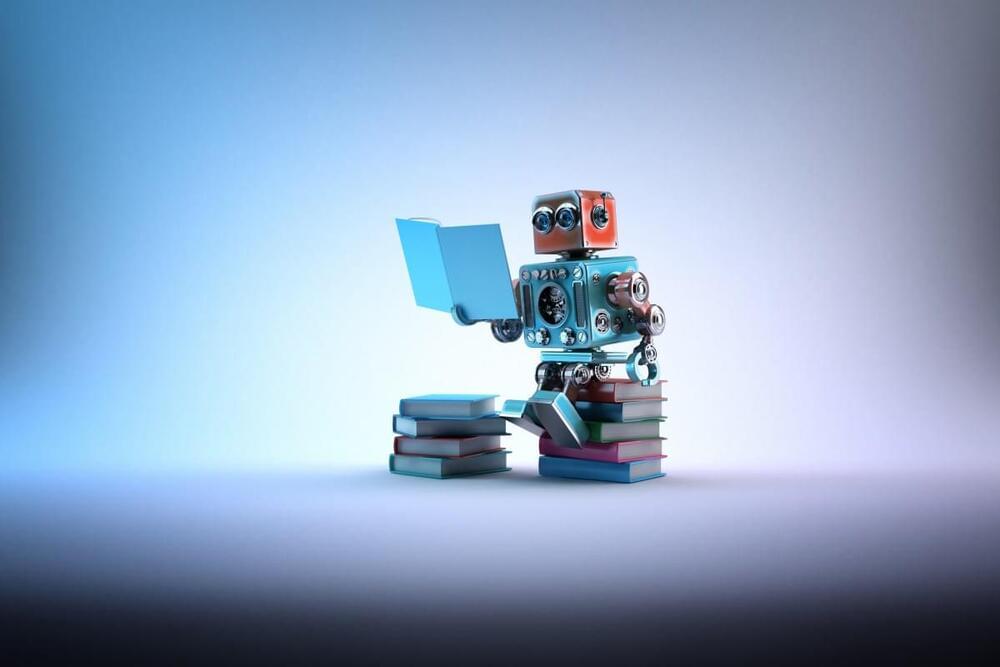Genetic transcription is a data problem, and AI is on the case.


With AI impact being much discussed at davos, the oliver wyman forum has suggested that workforces must be more aligned in digital strategies to succeed.

How human-robot collaboration will affect the manufacturing industry — https://bit.ly/3S7Skfa
By Nitin Rawat, Manufacturing Head, Addverb
Robotics are employed to boost production and efficiency in the manufacturing sector, and they are capable of working in any hazardous setting. Robotic arms are also employed to perform effective work in the industries. It has been years since the introduction of collaborative robots in the manufacturing industry, and they have now been applied in several applications at manufacturing facilities. Robots these days are exceptionally programmable and controllable, allowing them to perform complex tasks using AI and automation.
Robot applications in manufacturing include assembly, welding, shipping, handling raw materials, and product packing. Robots nowadays collaborate with human workers (co-bots) on practically every task. In manufacturing, robotics is used to automate repetitive activities and streamline assembly workflows. Many industries are now using robots for hazardous and time-consuming tasks that can endanger workers.


By Chuck Brooks
Computing paradigms as we know them will exponentially change when artificial intelligence is combined with classical, biological, chemical, and quantum computing. Artificial intelligence might guide and enhance quantum computing, run in a 5G or 6G environment, facilitate the Internet of Things, and stimulate materials science, biotech, genomics, and the metaverse.
Computers that can execute more than a quadrillion calculations per second should be available within the next ten years. We will also rely on clever computing software solutions to automate knowledge labor. Artificial intelligence technologies that improve cognitive performance across all envisioned industry verticals will support our future computing.
Advanced computing has a fascinating and mind-blowing future. It will include computers that can communicate via lightwave transmission, function as a human-machine interface, and self-assemble and teach themselves thanks to artificial intelligence. One day, computers might have sentience.

Thomvest Ventures is popping into 2024 with a new $250 million fund and the promotion of Umesh Padval and Nima Wedlake to the role of managing directors.
The Bay Area venture capital firm was started about 25 years ago by Peter Thomson, whose family is the majority owners of Thomson Reuters.
“Peter has always had a very strong interest in technology and what technology would do in terms of shaping society and the future,” Don Butler, Thomvest Ventures’ managing director, told TechCrunch. He met Thomson in 1999 and joined the firm in 2000.

Will AI automate human jobs, and — if so — which jobs and when?
That’s the trio of questions a new research study from MIT’s Computer Science and Artificial Intelligence Laboratory (CSAIL), out this morning, tries to answer.
There’s been many attempts to extrapolate out and project how the AI technologies of today, like large language models, might impact people’s’ livelihoods — and whole economies — in the future.

The Rabbit R1, which learns and repeats how users interact with apps, has sold out of five pre-order rounds since launching in Las Vegas this monthRabbit Inc was started by Jesse Lyu Cheng, a Xian native who sold his previous start-up to Chinese AI giant Baidu.
Rabbit Inc, started by Xian native Jesse Lyu Cheng, has sold out of five rounds of pre-orders for its R1 device since launching in Las Vegas this month.

The use of robots and AI is a “new form of colonialism” that will lead to a resurgence of Arts and Crafts, according to trend forecaster Li Edelkoort.
Edelkoort has been a trend forecaster since she was 21 and says the discipline has “informed every single step of my life”
During an on-stage interview with Dezeen deputy editor Cajsa Carlson at Downtown Design during Dubai Design Week, Edelkoort explained that she is currently thinking about the return of Arts and Crafts, the 19th-century movement mostly associated with British designer William Morris.
